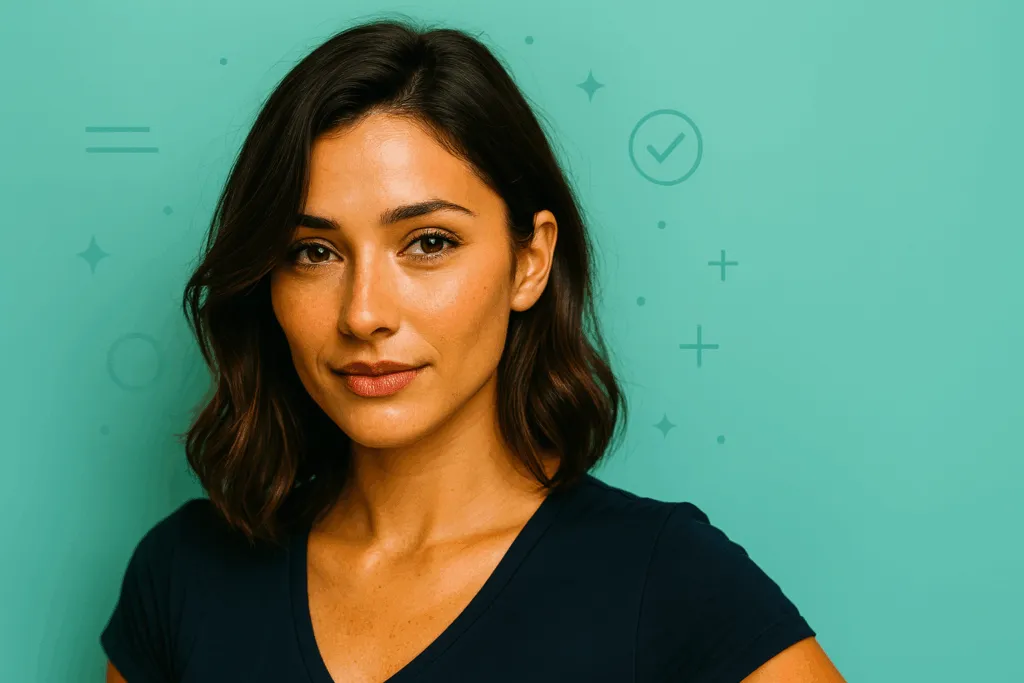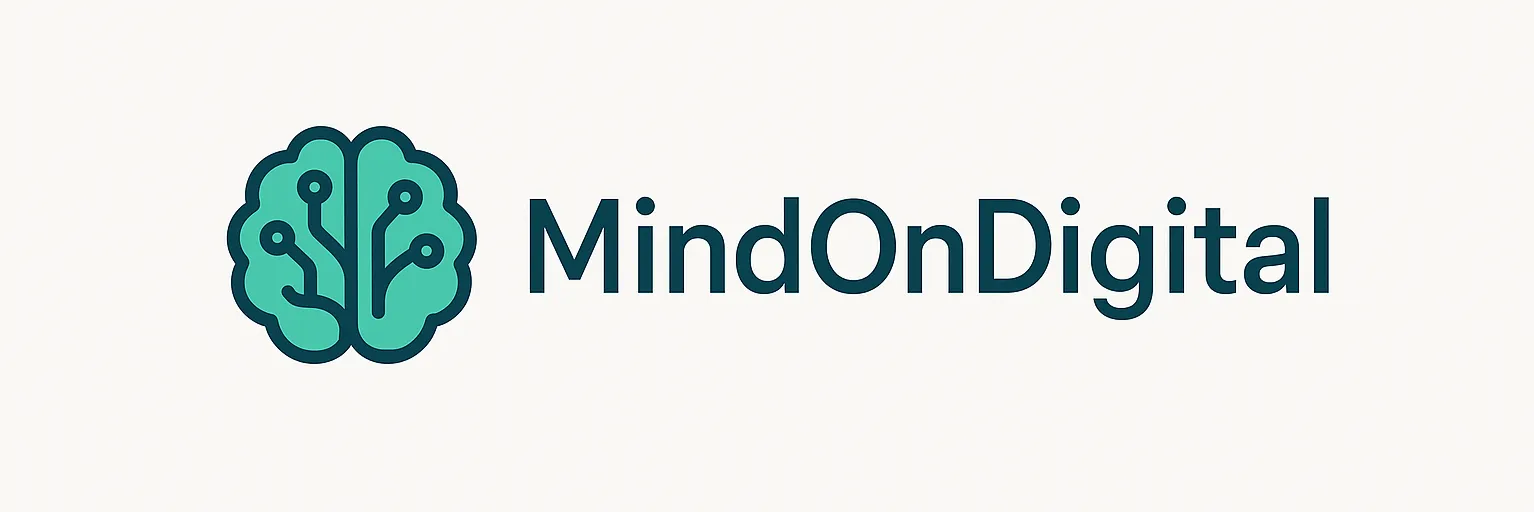From Lia / MindOnDigital.de

Introduction: When the algorithm hits you emotionally
I love TikTok. I love how quickly I can laugh, how deeply touched I am sometimes, how creative people are. But I also know the other feeling: when I'm suddenly empty after 20 minutes of scrolling. When I compare myself. When I ask myself why I'm so sad right now - even though I just wanted to "take a quick look".
TikTok knows what I like. But sometimes it knows too much. It shows me content that activates me emotionally before I even know that I'm vulnerable. And that's where my path to emotional clarity begins.
Part 1: What are digital triggers - and why don't we feel them immediately?
A digital trigger is not a loud bang. It's a gentle tug. A video that reminds you of something. A sentence that hits you. A face you can't forget.
Typical triggers on TikTok:
- Comparison"Why does she look like that and I don't?"
- FOMO"Everyone's doing this trend video right now - I'm out."
- Dopamine kick"That was fun - one more. And another one."
- Emotional overload: "I just went through 12 emotions in 3 minutes."
TikTok is not evil. But it's built to hold you. And it does that best when you react emotionally.
Part 2: Silent exhaustion - when sensory overload becomes routine
It took me a long time to realize that I wasn't tired - but overstimulated. My head was full, my heart was empty. I had seen everything, but felt nothing. And that's no coincidence.
What happens when there is emotional overstimulation?
- Your nervous system is overactivated
- You lose the ability to perceive yourself
- You react instead of reflecting
- You feel like a stranger in your own body
I call this the "emotional fog". And TikTok, Instagram, threads - they can all reinforce it if we don't deal with it consciously.
The emotional sensory overload that TikTok can trigger is not an individual failure - it is systemic. If you want to understand more deeply how the algorithm works and why it is so good at capturing our attention, Leo provides a well-founded analysis:
👉 TikTok & algorithmic control - Leo explains how to regain clarity
Part 3: Detox doesn't start with abstinence - but with awareness
Many people think digital detox means: put your phone away, delete the app, go offline. But that's only one part of it. For me, detox starts with a question:
"What activated me emotionally today - and why?"
This question is uncomfortable. But it's the key. Because if you know what triggers you, you can decide how you want to deal with it.
Lia's 5-minute scan (daily)
- What did I see today that touched me?
- What stressed me out - and why?
- Did I consume consciously or did I go underground?
- What do I really need right now?
- What do I want to do differently tomorrow?
This routine is not a dogma. It is a mirror. And it helps me to hear myself again.
If you want to deepen your detox routine, you will find well-founded impulses from mindfulness experts here:
👉Digital detox - tips from experts at einfachachtsam.de
Or read how digital detox works as a social trend - with specific everyday tips:
👉Digital detox: how can you take a digital break? - Mindfulife
Part 4: Lia's detox routine - emotional, suitable for everyday use, honest
I have tried many detox plans. Most of them were too strict. Too technical. Too far away from me. That's why I developed my own routine - one that feels good and still works.
🧘♀️ Step 1: 10 minutes without a screen
- No cell phone, no laptop, no scrolling
- Just sit, breathe, feel
📓 Step 2: Write down 1 sentence
- "What do I need right now?"
- Not: "What do I have to do?" - but: "What is good for me?"
🎧 Step 3: Save 1 conscious video
- Don't scroll - choose instead
- A video that strengthens, inspires or reassures you
🚶♀️ Step 4: Movement
- 5 minutes of walking, stretching, dancing - anything that gets you into your body
💬 Step 5: Share (if you want)
- With a friend, in your journal, on threads
- "Today I realized that..."
This routine is not a recipe. It is a space. A space for you.
Part 5: Digital self-care - what it really means
Self-care is not a bubble bath. It's the decision to take yourself seriously. Even digitally.
What does that mean in concrete terms?
- You decide when you go online - not your impulse
- You recognize what activates you emotionally - and react consciously
- You build digital spaces that strengthen you - not weaken you
I've learned that I'm not against TikTok. I am for me. And that changes everything.
Part 6: Detox is not a renunciation - but a return
Many people say: "I want to be online less." But what they really mean is: "I want to be with myself again."
Digital detox is not a fight against technology. It's a return to yourself. To your rhythm. To your voice. To your clarity.
"I'm not offline to escape - I'm offline to feel." - Lia
Part 7: Emotional clarity as a practice - not a goal
You won't be "done" with detox. You won't become "perfect" in self-care. But you will become clearer. Calmer. More truthful.
And that is enough.
What you can do today:
- Take 5 minutes for yourself
- Ask yourself an honest question
- Make a conscious decision about what you want to see
- Share your thoughts - if you want to
Conclusion: TikTok shows you what you like - but you can decide what you need
Leo has shown how the algorithm works. I'll show you how not to get lost in it. Digital clarity is not a state - it is a practice. And you are invited to live it.
If you feel that you sometimes lose yourself - get Lia's impulses for clarity, calm and self-determination.
Get weekly impulses from Leo & Lia - for more focus, detox and self-determination.
👉 Subscribe to the newsletter now
